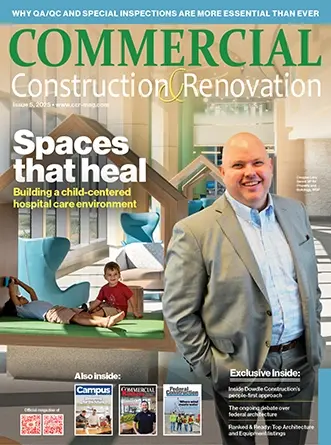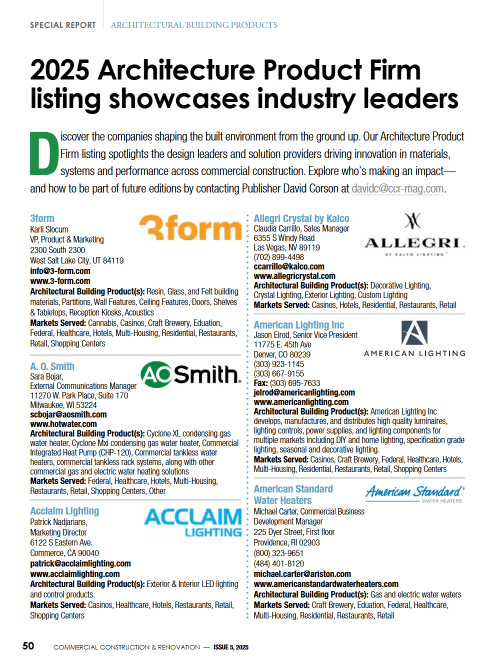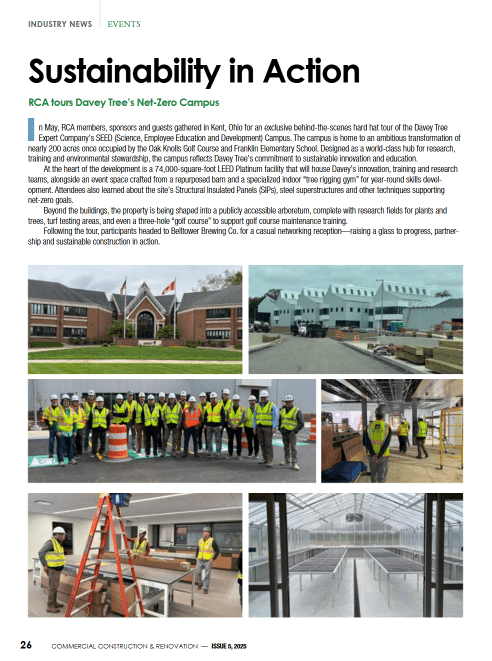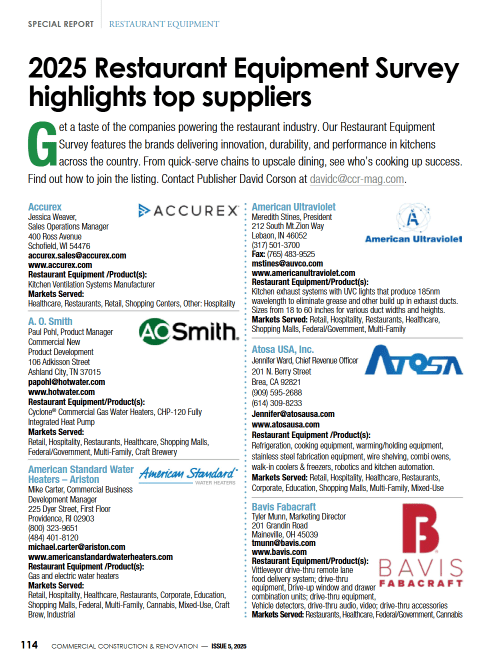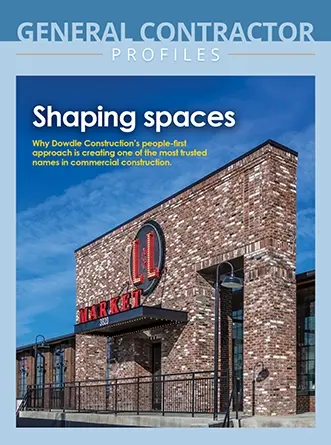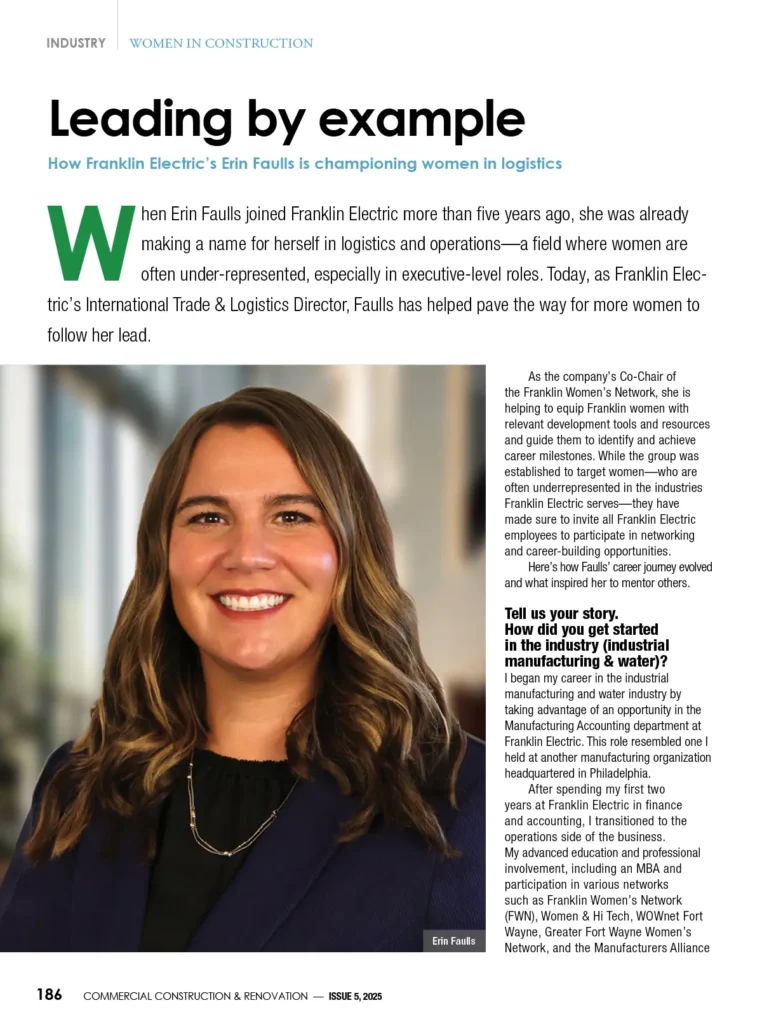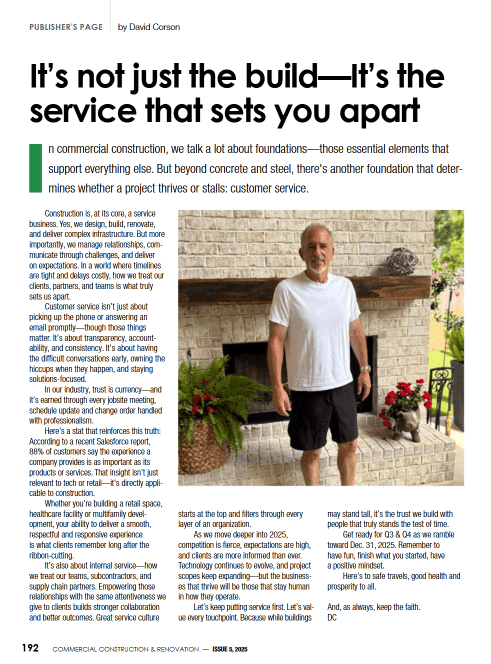Choosing sustainable materials over cheap artificial options is a crucial step construction companies must take to create eco-friendly buildings. However, you can’t rely solely on the vendor’s promise that the materials are sustainable — you need extra authentication before moving forward with the project.
Watch Out for Greenwashing
First and foremost, you must always look out for greenwashing attempts. Greenwashing is a growing negative trend in construction and many other industries. Companies have learned to take advantage of consumers’ eco-conscious attitudes to persuade them to buy “eco-friendly” products with no genuine environmental benefit.
Organizations that engage in greenwashing make false claims and provide misleading information about their products, deceiving customers to increase profits. For example, a construction supplier might say its products come from recycling plants, but in reality, recycled materials only make up a small fraction of the final product.
Find Suppliers With Third-Party Certifications
Greenwashing often includes half-truths mixed with disinformation, so it can be challenging to know when a company is being honest. That’s why you should look for green certifications from third-party organizations to confirm the company’s commitment to sustainability.
The most prestigious certification for the construction industry is Leadership in Energy and Environmental Design (LEED). The U.S. government established the LEED program in 1993 to set higher environmental standards for construction projects in the country.
LEED-certified buildings have to meet many prerequisites involving energy-efficient architecture, building materials and appliances. A committee rates each category on a sustainability points scale. You can be sure construction suppliers who have contributed to LEED-certified projects have quality sustainable materials.
Another relevant eco-conscious label is the non-profit Forest Stewardship Council (FSC) certification. The FSC reviews paper and wood products to ensure they come from responsibly managed forests and aren’t contributing to harmful deforestation practices. Lumber is one of the few sustainable materials that has always been mainstream, so the FSC plays an important role.
GreenGuard is also a reputable organization that inspects many items on the jobsite, including building materials, electronics and chemical appliances for volatile organic compounds (VOCs) and other contaminants. Reducing toxic emissions and purifying indoor air quality is one of the construction industry’s greatest challenges in the quest for wellness and sustainability.
Material suppliers who have a solid track record with these third-party organizations, the Environmental Protection Agency and other environment-related federal programs are much more likely to have surefire sustainable products than other businesses.
Review Product Disclosure Documents
Product disclosure documents are just as vital as third-party certifications. Every architect and contractor should review these documents before agreeing to buy from a material supplier.
The two defining documents you should prioritize are Environmental Product (EPD) and Health Product declarations (HPD). EPDs give you a concise review of a product’s environmental impact based on its life cycle assessment. All manufacturers must adhere to the product category rules established by the International Organization for Standardization.
HPDs come from the Health Product Declaration Collaboration and focus on a product’s effects on human health. They disclose a complete list of a material’s ingredients in an open format, allowing you to identify substances that might negatively affect job performance or the building’s safety.
The Product Transparency Declaration (PTD) is another respected document, developed by the non-profit Resilient Floor Covering Institute. PTDs have a similar format to HPDs, providing an exposure analysis of the material’s ingredients to everyone involved in the project, including the building’s future occupants.
Look for Sustainable Qualities
If you have experience in commercial construction, you can sometimes determine the viability of sustainable materials based on your knowledge and intuition. Certifications and documents certainly help, but they aren’t always necessary if you know what to look for.
You can start by looking for durable, low-maintenance materials. They might not have the “green” tags and certifications you’re looking for, but they will last longer and generate less waste in the long run. Hempcrete, newspaper wood and sugarcane are a few unorthodox sustainable materials that would make your projects more eco-friendly.
Many such materials also come from recycled sources, such as wood fiber, fly ash and miscellaneous pieces of PVC plastic. Sustainable construction often requires contractors to get creative. Find other uses for your leftover materials instead of throwing them away.
You should also look for products made from renewable energy sources — primarily clean electricity. These building materials have smaller carbon footprints throughout their life cycles and might also come with low-emission delivery services. Sometimes sustainability isn’t about the materials themselves, but about how the supplier handles them.
For example, some companies have implemented all-electric commercial fleets to transport their products more responsibly. Sourcing your materials from these eco-conscious manufacturers is a great way to reduce your project’s emissions and meet your sustainability goals.
Sparking a New Era of Construction
The construction industry has been a significant contributor to global emissions and affects countless ecosystems with waste run-off, noise pollution and other harmful practices. You can help the industry’s leaders spark a new era of construction by verifying your sustainable materials and setting new standards for suppliers.

